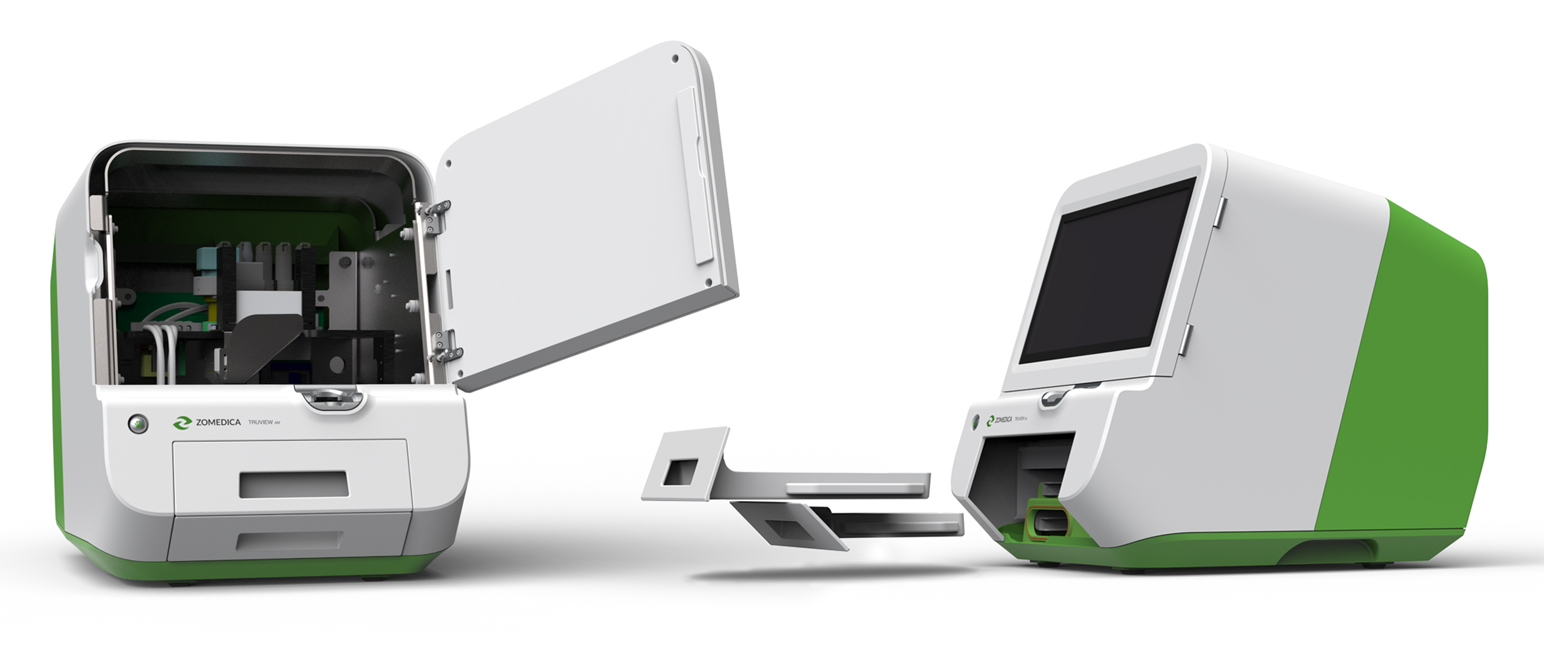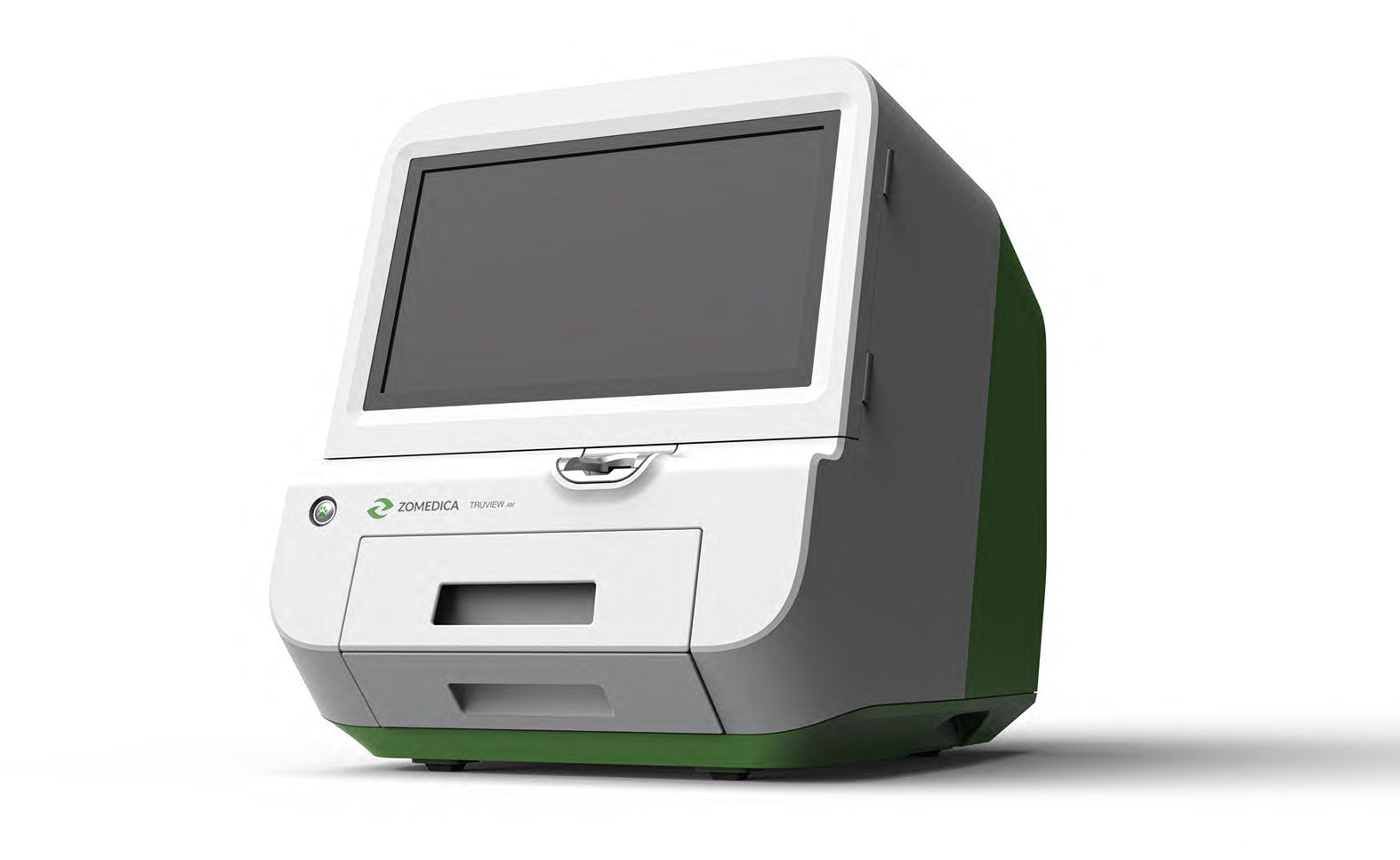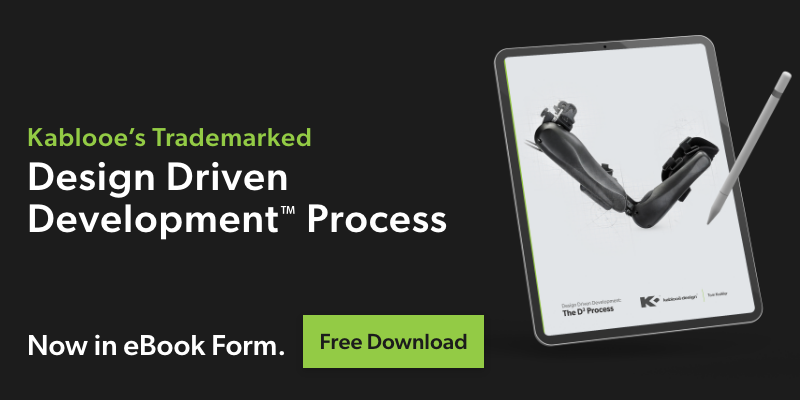8 Steps to Success During New Product Design & Development
 So, you’ve conquered the initial phases of product development, from evaluation and market research to initial ideation, and now you’re standing at the threshold of the product development design phase. Congratulations, because this is where your ideas truly take shape, where your product transforms from mere concepts into tangible realities!
So, you’ve conquered the initial phases of product development, from evaluation and market research to initial ideation, and now you’re standing at the threshold of the product development design phase. Congratulations, because this is where your ideas truly take shape, where your product transforms from mere concepts into tangible realities!
But, before you take the plunge into this crucial phase, there are eight vital steps you should know to follow. Because, in their eagerness to turn exciting concepts into reality, many product development teams rush headlong into otherwise avoidable design roadblocks, causing unnecessary project delays and expenses.
Don’t be one of those teams.
In this article, we’ll unravel a roadmap that will lead to swifter, more lucrative product design and development. To that end, let’s dive in and demystify the intricacies of this pivotal phase, ensuring a smooth journey toward a marketable final product.
New Product Development Design Process: 8 Steps
NOTE: This guide is just one part of our comprehensive Design Driven Development (D³) Process. Before reading any further, be sure you’re caught up on the first six phases: Evaluation, Research, and Ideation.
1. Concept CAD File Creation
With a pocketful of promising concepts from the ideation phase, it’s time to give them digital life through 3D Computer-Aided Design (CAD). These files define the product’s overall shape and form in a way that lays the foundation for its transformation into engineering CAD later on. This step ensures the visual product concept aligns with the intended functionality, acting as a bridge between aesthetics and engineering feasibility.
2. Final Concept Definition
Once the concept CAD files are in place, it’s time to go deeper. And by “deeper,” we mean defining every nook and cranny related to your design criteria. During step two, you’ll dive into the specifics of each feature, ensuring they harmonize seamlessly with your overall product vision. Essentially, this is the stage when your idea finally becomes a blueprint, guiding you toward the final product.
3. Initial Design Risk Analysis
Risk assessment is the linchpin of successful product design and development. In this step, you’ll conduct a preliminary Design Failure Mode and Effects Analysis (DFMEA) based on your final feature solutions. This analysis will help you identify potential design flaws and their consequences. Moreover, it equips you with a list of mitigation strategies that serve as a preemptive strike against possible pitfalls.
4. Manufacturing Review
When it comes to the design and development of new products, it isn’t just about aesthetics; there’s practicality and feasibility to consider too. To that end, we recommend you share your concept CAD files with the manufacturers who will bring your product to life. Their insights at this stage are invaluable in refining your design for manufacturing. By involving them early, you’re not just preventing future hiccups but also nurturing a collaborative relationship with those who hold the keys to turning your vision into reality.
5. Concept Rendering
Humans are visual creatures, and so are your potential customers. That’s why you need to create 3D photorealistic rendering sets to showcase your product concept in all its glory. Let these visual delights be reviewed by users, stakeholders, and even your customer base. Not only will these renderings offer a sneak peek into what’s cooking in your design lab, but their valuable input at this juncture can help steer your product development and design in the right direction.
6. Concept Refinement
With ample feedback from stakeholders and potential users, it’s time to refine your concept CAD files. Incorporate all the insights you’ve gained up to this point and use that to polish your design further. The aim here is to create a final concept rendering that’s not just visually stunning but also aligned with your refined vision for the product.
7. Initial Design Output Review
Here comes the pivotal step that’s often a make-or-break point—reviewing your initial design output. At this stage in the process, you need to determine exactly what your design outputs are and ask yourself if they are in line with the initial design inputs. Keep in mind, this is simply a self-assessment to ensure your project is on the right track. It is not the official design output review for the FDA and other regulatory considerations, so do not get signatures or record it as such.
8. Refined Mockups
As you move closer to locking in your design, it’s time to create refined appearance model prototypes. These are the tangible, tactile representations of your product—the prototypes that offer a glimpse of the final product’s aesthetics. User feedback and customer approval become absolutely pivotal here, ensuring that your refined mockups are aligned with the expectations of those who matter the most.
Bring Your Product Into Perfect Harmony With Kablooe
In the grand symphony of product design and development, these eight steps compose a harmonious melody. Skipping any of them could lead to a discordant note in your product’s journey. But by meticulously adhering to this roadmap, you’re not just designing a product but creating an experience—one that aligns aesthetics, functionality, and innovation in perfect synchrony.
As you embark on this creative voyage, remember that every detail matters, and every decision shapes the final outcome. So, equip yourself with these steps, navigate the intricacies with confidence, and let your design aspirations take flight.
Your product’s future is waiting to be crafted, and our trademarked D³ Process will help get you there. Want to know exactly how? Download our FREE eBook today!
Kablooe Design is a full-service product development company that specializes in developing new products for the medical device and consumer markets. Our unique staffing approach and D3 Process set us apart as a product development partner and give you peace of mind knowing that your product will be designed with all stakeholders in mind.



